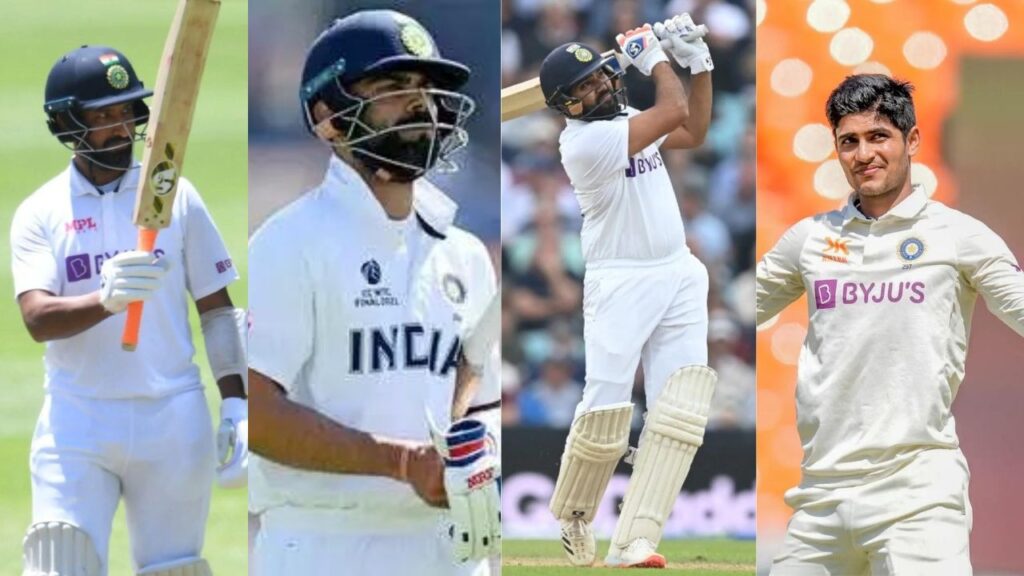
Remember India’s tour of South Africa in 2013? It was the first Test series after the retirement of Sachin Tendulkar. Nobody gave the Indian batters a chance against Dale Steyn, Morne Morkel and Vernon Philander. Yet, the likes of Murali Vijay, Cheteshwar Pujara, Virat Kohli and Ajinkya Rahane gave a brave account of themselves. The transition phase in Indian batting began on a promising note.
About a decade on, is it time to take a call on another transition period? None of India’s top batters have performed consistently over the last few seasons. In 23 completed innings away from home in the last three years, the team has crossed 400 just thrice. Rohit Sharma, KL Rahul, Kohli and Rahane have all made valuable contributions at times, but not with the kind of regularity expected of them.
It is creditable indeed that the Indian team has played the final in both editions of the World Test Championship held so far. If one takes a closer look, it becomes clear that the bowlers deserve the lion’s share of the credit, not the batters. Their shortcomings were covered by the bowling unit. And the bowlers are the main reason why India became a force away from home.
Come to think of it, if India reach the final in the next cycle of the World Test Championship, how many of the current crop of batters are expected to take part in it? Leave Shubman Gill out of it because he is a youngster. Rohit Sharma is 36, Pujara 35, Kohli 34 and Rahane 35. Clearly, none of them are expected to carry on for a long time.
Also Read: Ajinkya Rahane joins 5000-Runs-100-Catches Club
This is not to suggest that we discard all of them right now. But there has to be a succession plan. And that is the job of the Board of Control for Cricket in India (BCCI) and the selectors. Sadly, the chief selector’s post is lying vacant for several months. The India A team fixtures have become irregular. The practice was that those who did well in domestic cricket used to get picked for India A. Those who performed for India A were then included in the Indian squad. It was a tried-and-tested process which in recent times gave India Gill, Mohammed Siraj, Shreyas Iyer and others.
Because the India A tours have become infrequent, there is a problem in identifying talent. Other than Gill, Iyer and Yasashvi Jaiswal, there are no new batters on the horizon. Despite scoring heavily in domestic cricket for several years, Sarfaraz Khan does not get a look in. What has happened as a result is that India are suddenly staring at a blank when it comes to batting. The senior batters are fading, and there is no supply line.
When the sun sets on the ongoing Test at The Oval, those who run Indian cricket will have to take a hard look at this reality. Where is the next generation of batters? And if there are a few, when do you blood them? Nobody will become an instant hit. They will require time. So how will they gradually be made a part of the system? This is something the powers that be must ponder, and do as soon as possible.



